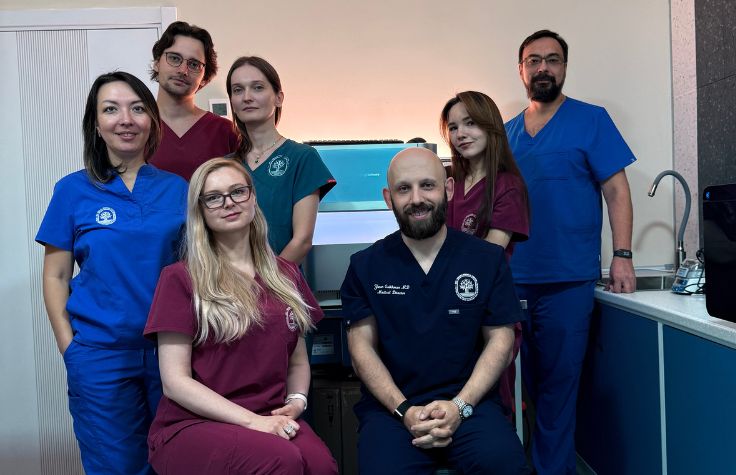
Many people in the world are preparing to celebrate Halloween this week with festive decorations and elaborate costumes that evoke the creepy and sinister. Some of these iconic symbols of Halloween include pumpkins and gourds, spiders spinning complex webs and bats that fill the darkened skies as autumn gets underway in the Northern Hemisphere.
Despite their spooky seasonal associations, pumpkins, spiders and bats all have interesting features and incredible adaptations in their genes. Read on and click through to see how unlocking the secrets of these genomes may illuminate new scientific discoveries.
Pumpkins
The innocent looking jack-o-lantern outside your door might be more monstrous than you think. Sequencing the genomes of two modern pumpkin species reveal that the genome is a combination of two ancient genomes, making it a paleotetraploid. Essentially, the two ancient genomes have co-existed within the same cell compartment called the nucleus, without losing the duplicative functions of certain genes. Since pumpkin is a major food crop for millions of people, researchers can use the information in the pumpkin genome to better understand the nutritional value and disease resistance of these plants.
Bats
Bats have terrified people for centuries because most of the activity of these nocturnal animals occurs in darkness. But these important mammals independently evolved flight ability, use echolocation, and serve as incredible pollinators and insect-eating machines. Did you know that most species of bats live proportionately longer than humans given their body size? The Bat1K Initiative will use chromosome-level genome assemblies to understand the genetic mechanisms behind the bat’s unusual adaptations, such as longevity, which may someday improve the well-being of aging humans.
Spider Webs
The complex and often beautiful webs that spiders weave is composed of some of the strongest natural materials ever found. This strength, plus its flexibility, gives spider silk great potential for real-world engineering applications, but it has proven difficult to obtain in large quantities. The genes responsible for spider silk have been identified, and with a little help from microbes that read the genetic instructions, spider silk proteins have been mass produced in the lab. With a little help from spider genes, engineers may be closer to big advancements in functional biomaterials.


